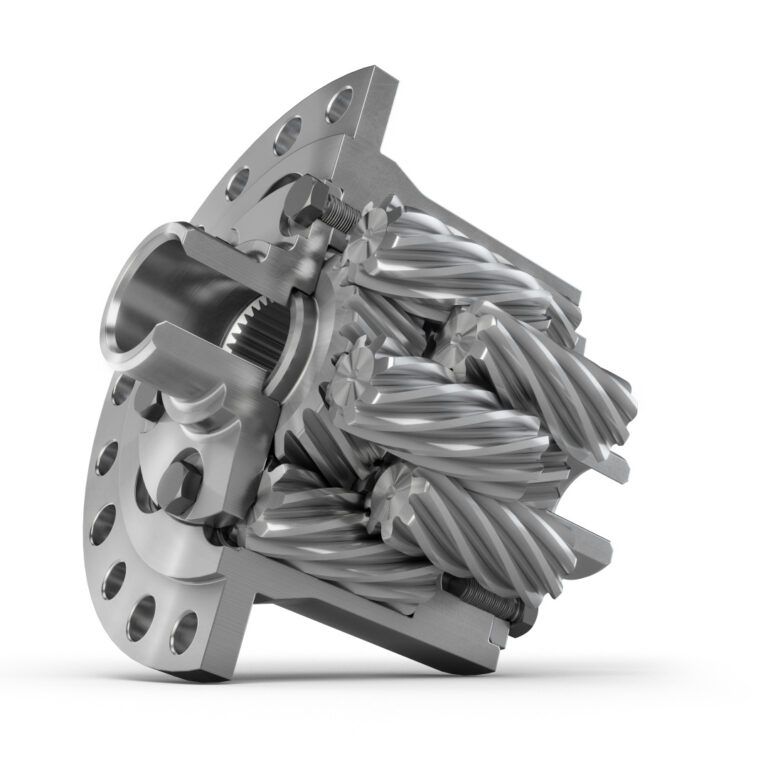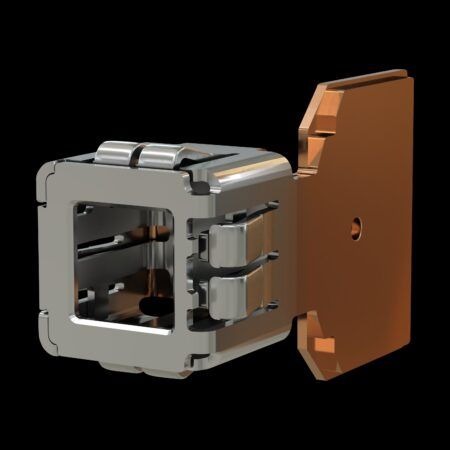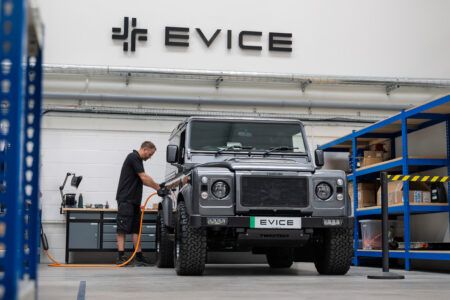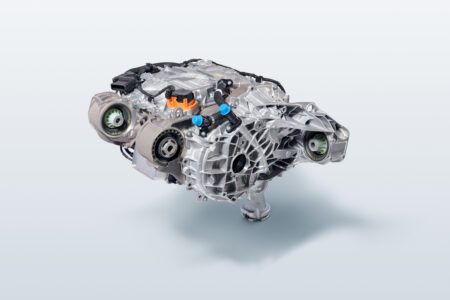Eaton introduced its new EV Truetrac differential designed specifically for EVs at Auto Shanghai 2025 this week. The product addresses specific challenges in EV propulsion systems, including shared low-viscosity oil environments, noise sensitivity, and high torque delivery demands.
The company’s Detroit Truetrac, a helical-gear limited-slip differential, has been redesigned to meet the needs of global automakers transitioning to electric vehicles.
“Our EV Truetrac differential leverages Eaton’s decades of expertise in gear design to deliver exceptional performance while ensuring quiet, maintenance-free operation,” said Mark Kramer, Business unit director, ePowertrain, Eaton’s Mobility Group. “Our goal is to provide a broad application solution that supports EV adoption across multiple segments. We are excited to bring our proven traction technology to the next generation of vehicles and offer customers a seamless way to improve their EV’s performance.”
The new differential accommodates key differences in EV design. While internal combustion vehicles use heavy gear oil in differentials, EV drive modules share lubrication systems with motors using lower-viscosity oils. Eaton has applied advanced micro-geometry tuning and material science advancements to ensure durability in these conditions.
The EV Truetrac features refined gear design to minimize noise – important in EVs where engine sounds no longer mask mechanical operation. It’s also engineered to handle the instant, high torque delivery characteristic of EVs.
While Eaton’s electronic locking differentials are established in Asia’s EV market, the company reports growing North American and Asian demand for automatic limited-slip solutions like the EV Truetrac. The product targets pickup trucks and SUVs, providing automatic response to changing road conditions for daily driving, off-road use, and towing applications.
The differential expands Eaton’s EV portfolio as the company continues its focus on power management solutions across multiple sectors including data centers, utilities, industrial facilities, and transportation.





